Transmission Modes
Transmission mode refers to the mechanism of transferring data between two devices connected over a network basically this process called Communication Mode. There are three modes of data transmission that correspond to the three types of circuits available. These modes are: Simplex, Half-duplex, and Full-duplex
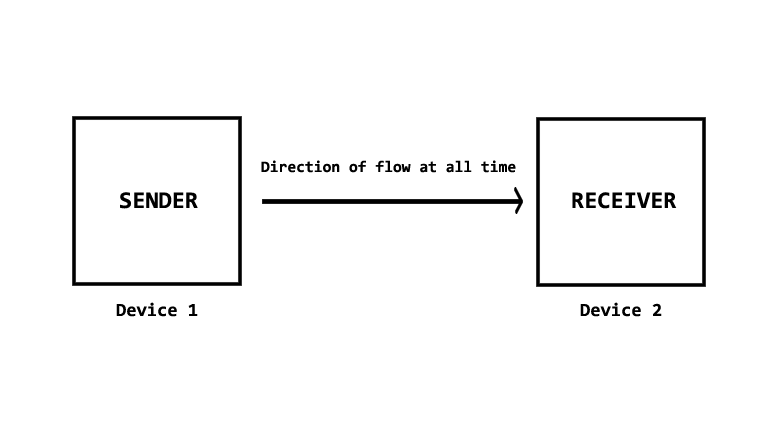
Simplex:
Simplex communications imply a simple method of communication. In simplex communications mode, there is a one-way communication transmission. Television transmission is a good example of simplex communication. The main transmitter sends out a signal (broadcast), but it does not expert a replay as the receiving units cannot issue a replay back to the transmitter. Examples include a data collection terminal on a factory floor(send only) or a line printer(receive only). Another example of simplex communication is a keyboard attached to a computer because the keyboard can only send data to the computer.
Half-duplex:
In half-duplex mode, both units communicate over the same medium, but only one unit can send at a time. While one is in the send mode, the other unit is in the receive mode. It is like two polite people talking to each other - one talks, the other listens, but both of them could not talk at the same time. Thus, a half-duplex line can alternately send and receive data. It requires two wires. This is the most common type of transmission for voice communication because only one person is supposed to talk at a time. It is also used to connect a terminal with a computer. The terminal might transmit data and then the computer responds with an acknowledgment. The transmission of data to and from a hard disk is also done in half-duplex mode.
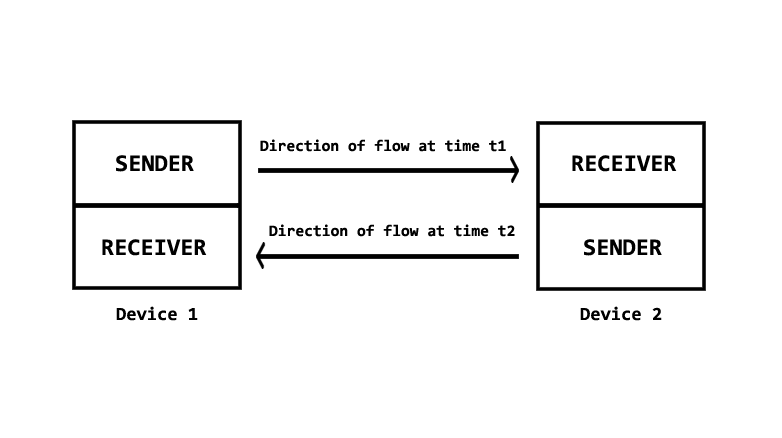
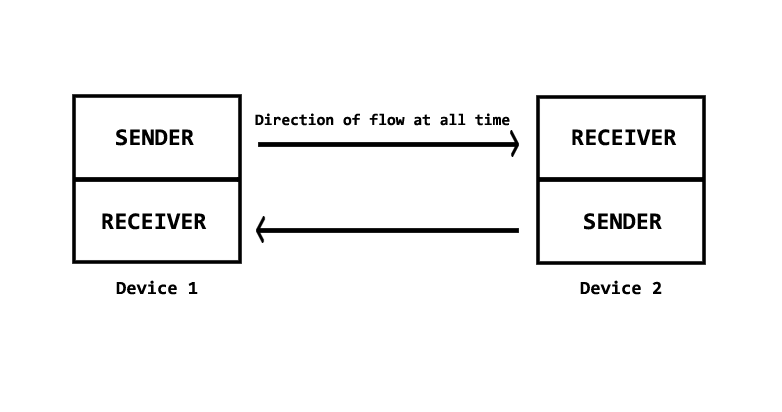
Full-duplex:
In a full-duplex system, the line must be turned around each time the direction is reversed. This involves a special switching circuit and requires a small amount of time (approximately 150 milliseconds). With high-speed capabilities of the computer, this turn-around time is unacceptable in many instances. Also, some applications require simultaneous transmission in both directions. In such a case, a full-duplex system is used that allows the information transmission path. The use of a full-duplex line improves the efficiency as the line turn-around time required in a half-duplex arrangement is eliminated. It also requires four-wire for full-duplex systems.
Note: These transmission modes are relevant in various communication systems, including computer networks, telecommunication systems, and other forms of data transmission. The choice of transmission mode depends on the specific requirements of the communication application.
Category: Networking
on: 11 Jul 2022
on: 06 Dec 2022
Featured posts
You may like these posts.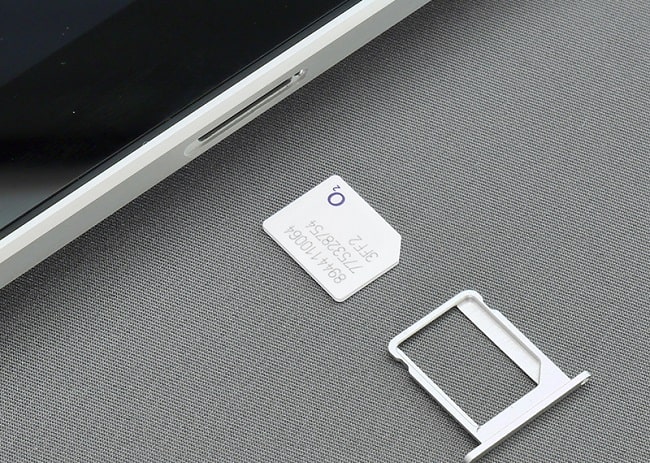
SIM Card - SIM Card History and SIM Card size:
SIM (Full form: Subscriber Identity Module) card technology is one of the most popular technologies. SIM Card was developed in 1991.
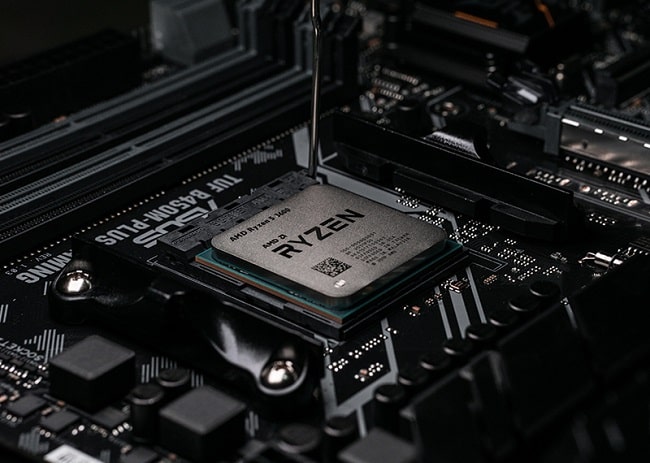
Explanation about Threads & Processes (CPU):
A thread is a single sequence stream within a process. Because of some properties of processes, they are called lightweight processes.
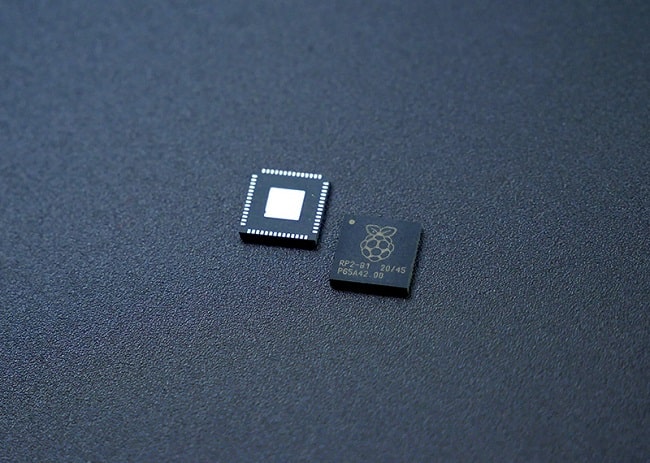
Basic Concept of Memory Management:
Memory Management is the functionality of an operating system that handles or manages the primary memory and disk during execution.
What's Next?
We've now entered the finance section on this platform, where you can enhance your financial literacy.